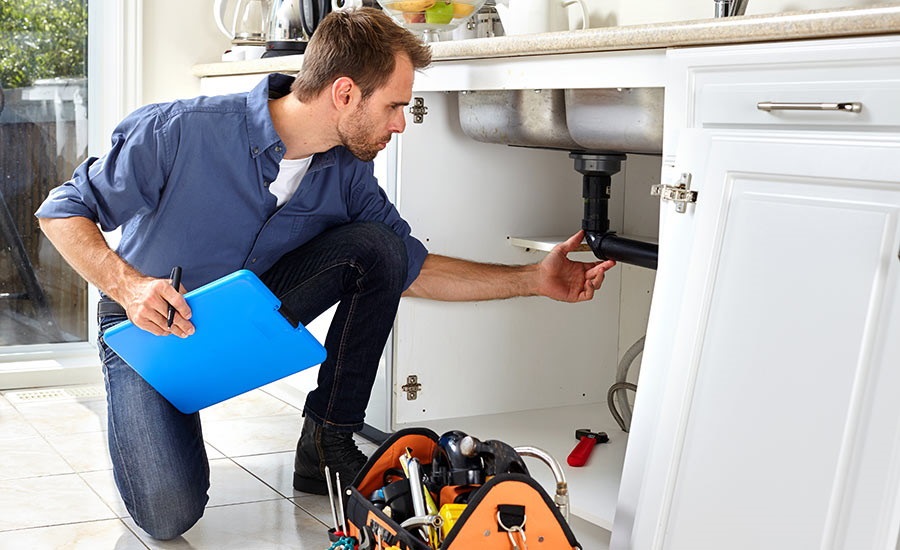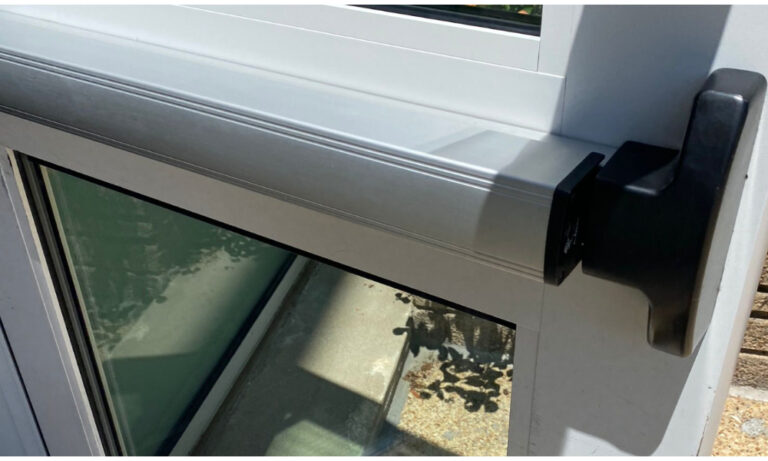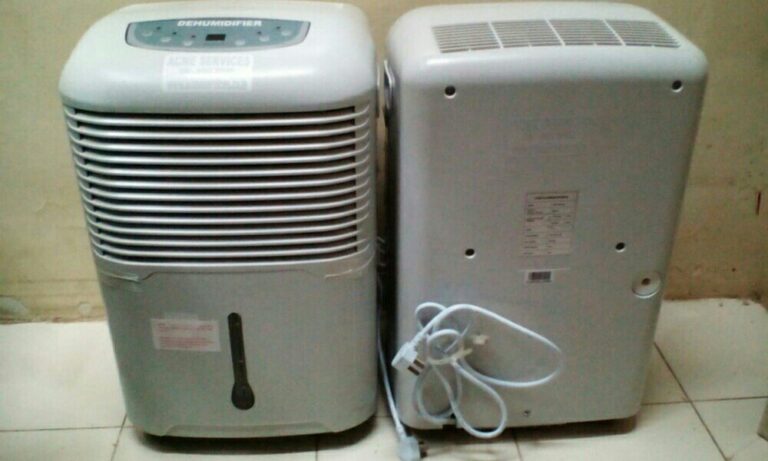
Introduction
Maintaining a functional and efficient plumbing system is crucial for the well-being of any home. Regular inspections play a pivotal role in preventing plumbing issues and ensuring a smooth-flowing household. In this guide, we’ll explore a comprehensive plumbing inspection checklist to empower homeowners in keeping their plumbing in top-notch condition.
Understanding the Importance of Plumbing Inspections
Preserving Home Value:
- Detecting Issues Early: Regular inspections help identify potential problems before they escalate, preserving the structural integrity of the home.
- Enhancing Property Value: A well-maintained plumbing system contributes to the overall value of the property.
Preventing Water Damage:
- Mitigating Leaks: Timely identification of leaks through inspections prevents water damage to walls, ceilings, and foundations.
- Avoiding Mold Growth: Addressing leaks promptly inhibits the growth of harmful molds, safeguarding indoor air quality.
Optimizing Energy Efficiency:
- Fixing Leaky Faucets: Inspections catch and repair leaky faucets, contributing to water conservation and reducing utility bills.
- Ensuring Efficient Appliances: Checking the efficiency of water heaters and other appliances saves energy and lowers operational costs.
Plumbing Inspection Checklist
- Faucets and Fixtures:
- Check for Leaks: Inspect faucets and fixtures for any signs of leaks or dripping.
- Ensure Proper Function: Test the functionality of handles, ensuring smooth operation.
- Drains:
- Clear Blockages: Check sink, shower, and bathtub drains for slow drainage and clear any blockages.
- Inspect Floor Drains: Ensure floor drains are free of debris and functioning correctly.
- Pipes:
- Check for Leaks: Inspect visible pipes for leaks, corrosion, or signs of water damage.
- Insulate Exposed Pipes: In cold climates, insulate exposed pipes to prevent freezing.
- Water Heater:
- Check for Leaks: Inspect around the base of the water heater for any signs of leaks.
- Flush the Tank: Periodically flush the water heater to remove sediment and maintain efficiency.
- Toilet:
- Check for Leaks: Add food coloring to the tank and check for color in the bowl to detect leaks.
- Ensure Proper Flushing: Test flushing mechanisms to ensure proper function.
- Washing Machine:
- Inspect Hoses: Check washing machine hoses for bulges, leaks, or signs of wear.
- Ensure Secure Connection: Confirm that hoses are securely connected to the water supply.
- Sump Pump:
- Test Operation: Pour water into the sump pit to test the pump’s operation.
- Inspect Discharge Pipe: Ensure the discharge pipe is free of obstructions.
- Outdoor Plumbing:
- Check Hose Bibs: Inspect outdoor hose bibs for leaks and proper operation.
- Clear Gutters: Ensure gutters and downspouts are clear to prevent water damage.
Inclusion of Local Expertise
When conducting plumbing inspections, it’s beneficial to seek guidance from local professionals. For instance, if you’re in Columbus, GA, consulting with experienced plumbers Columbus GA, can provide insights into regional considerations, water quality issues, and specific plumbing challenges common to the area.
Conclusion
A proactive approach to plumbing maintenance is a homeowner’s best defense against unexpected and costly repairs. By adhering to a comprehensive plumbing inspection checklist and incorporating the expertise of local professionals such as plumbers Columbus GA, individuals can ensure the longevity and optimal performance of their plumbing systems. Remember, a little prevention today can save a lot of trouble tomorrow.





